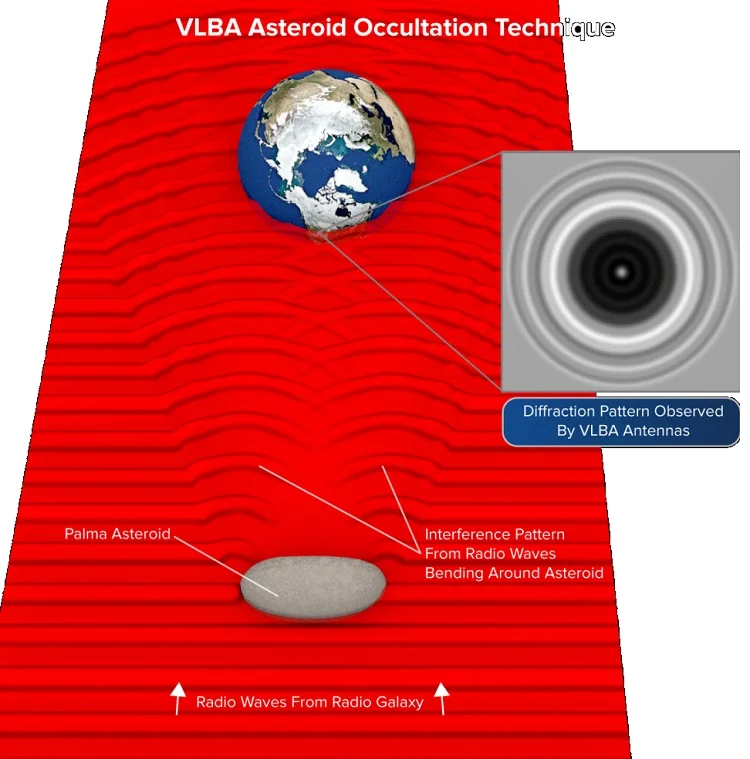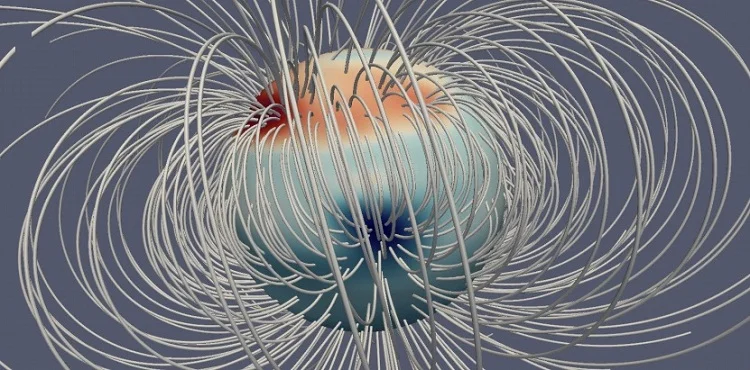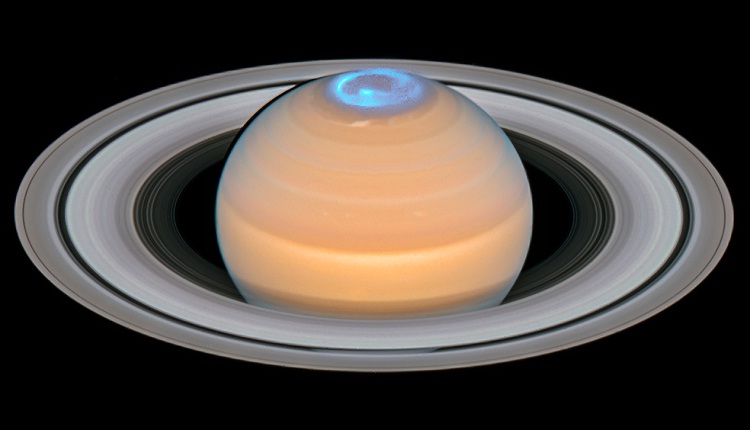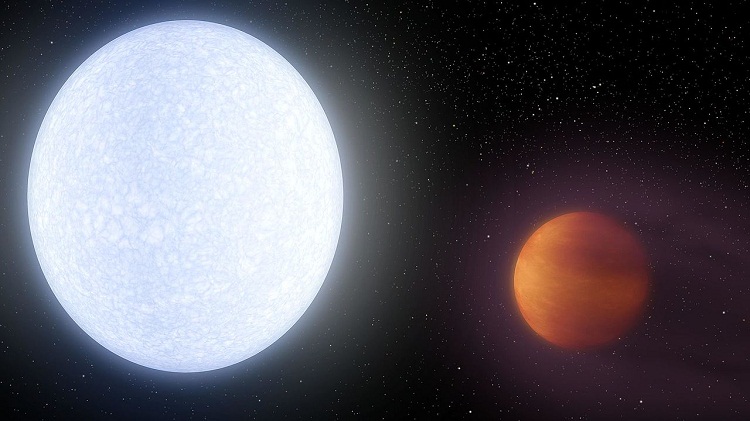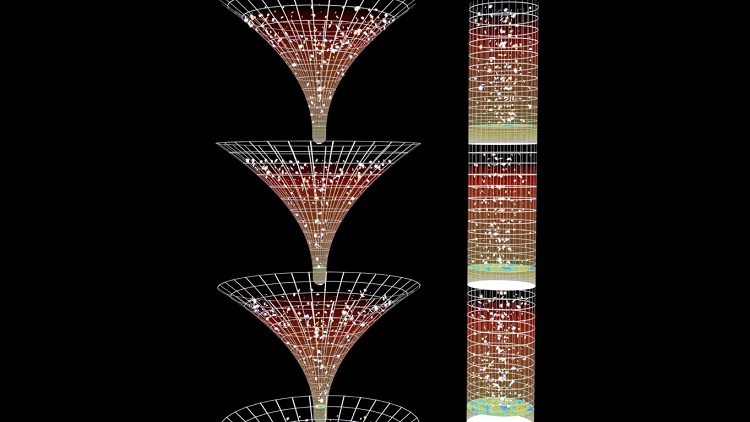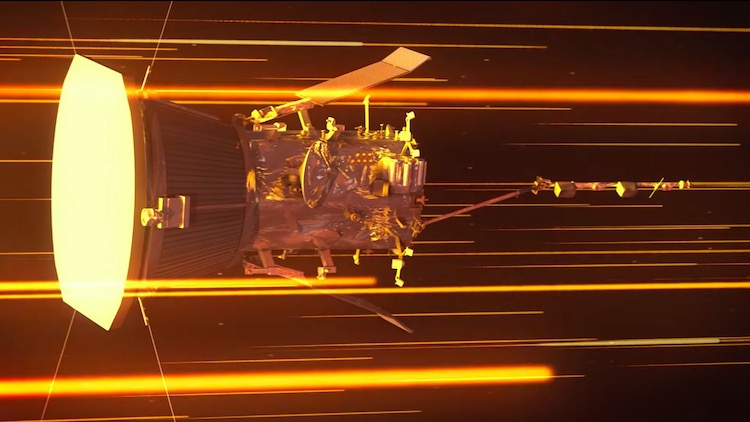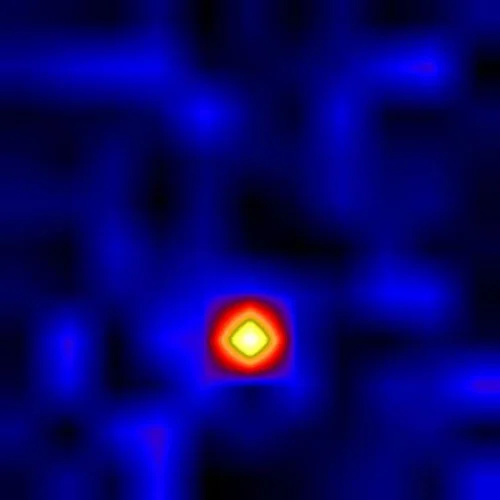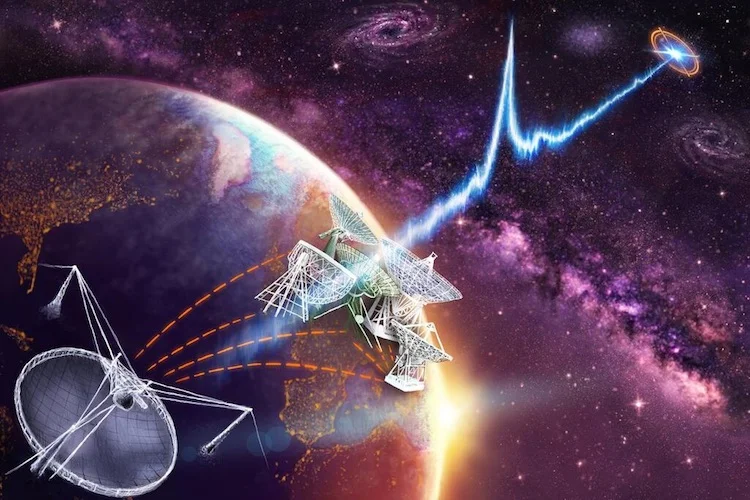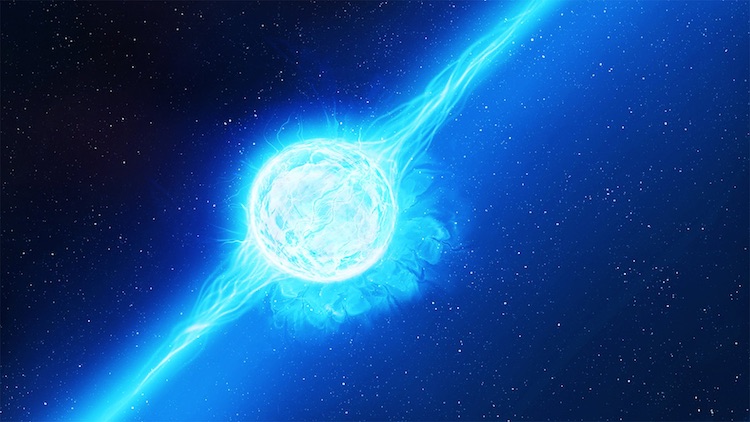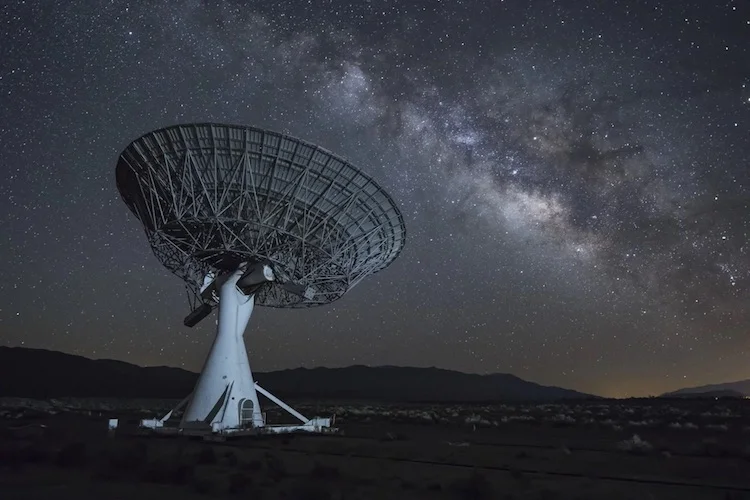Palma asteroid revolves around the Sun and completes one revolution in 5.59 years. In May 2017, Palma eclipsed the radio waves coming from radio galaxy. Astronomers analyzed these signals and measured characteristics of Palma. In a strange...
Jupiter has the most powerful planetary magnetic field in our solar system. It has both dipolar and non-dipolar magnetic field. This morphology of field is a result of Jupiter’s composition, electrical conductivity, and...
Astronomers discover an exoplanet orbiting 40 Eridani star – exactly where Spock’s home planet lies. The planet has 8.4 times the mass of Earth and an orbital period of 42 days. It revolves too close to its host stars, which can be seen...
Hubble took amazing pictures of Saturn featuring its fluttering aurora at the north pole. The images were captured in UV light and readings were coordinated with Cassini spacecraft. This helped researchers know more about...
KELT-9b is the hottest known exoplanet where temperatures reach more than 4,000°C. Most molecules found on this planet exist in atomic form. Using spectrograph, researchers detected iron and titanium vapors in its atmosphere. Exoplanets (planets...
Researchers created nearly 5,000 simulations to find evidence of conformal cyclic cosmology. The probability of finding new points (Hawking Points) in cosmic microwave background is less than 1/5000. Roger Penrose, a mathematical physicist...
NASA is going to launch its next science mission, named Parker Solar Probe, on 11th August 2018. The spacecraft will eventually get within 4 million miles of the surface of the sun. It will fly through an intensely hot atmosphere, the corona. To put...
Researchers used X-ray polarimetry to understand the effect of gravity on matter near the black hole. They discovered that the corona is large and spread unevenly around the black hole, in a binary system named Cygnus X-1. Black holes are known...
Researchers test Einstein’s general relativity theory on a triple star system that is 4,200 light years away. They found that both neutron star (heavy and dense) and white dwarf star (less massive) fall towards an outer dwarf at the same rate...
Milky Way consists of very high amount of carbonaceous dust, and now similar type of cosmic dust has been observed in galaxies 11 billion light-years away from Earth. This comes from a recently detected ultraviolet carbonaceous dust in a gamma-ray...
Astrophysicists determine new constraints on radii and tidal deformabilities of neutron stars. They compared 2 billion theoretical models with gravitational waves captured in 2017. This allowed them to deduce the size of neutron stars within a...
Astrophysicist reevaluated Drake equation using current scientific knowledge and astrobiology literature. They concluded that there is substantial probability (up to 85%) that we are alone in the observable universe. The astonishingly large number...

